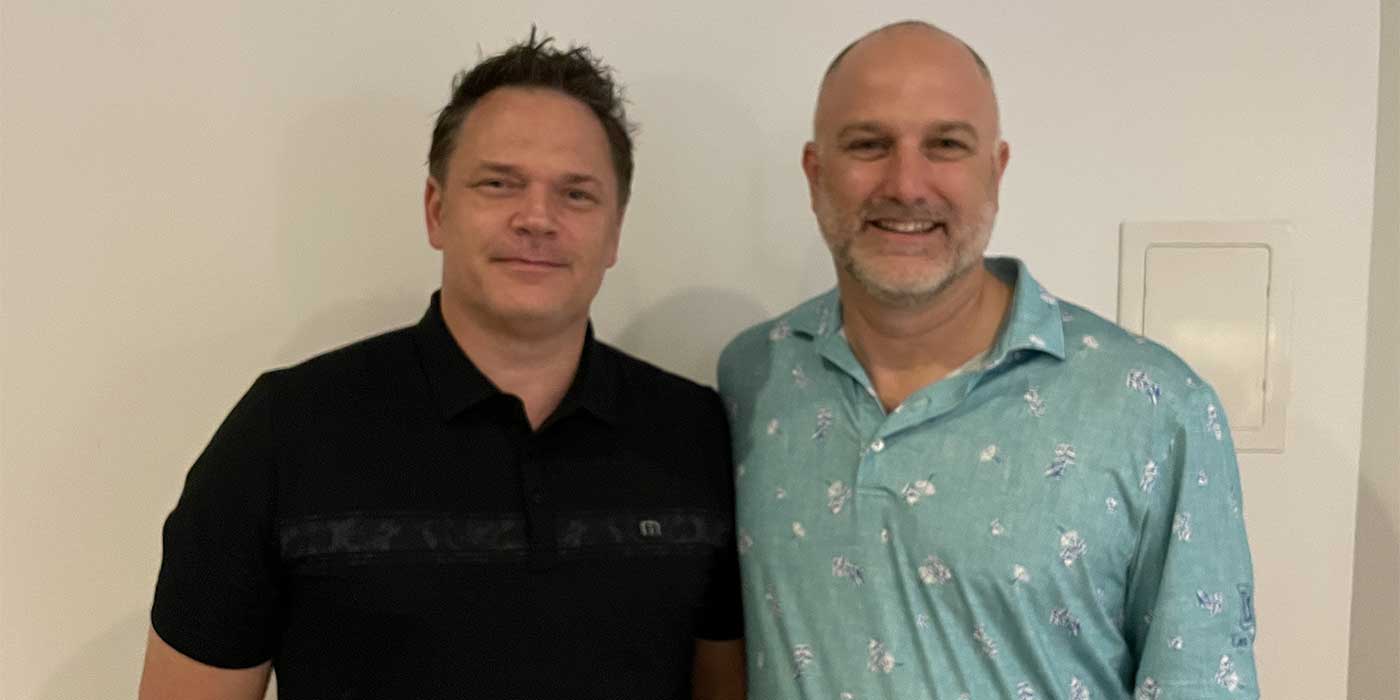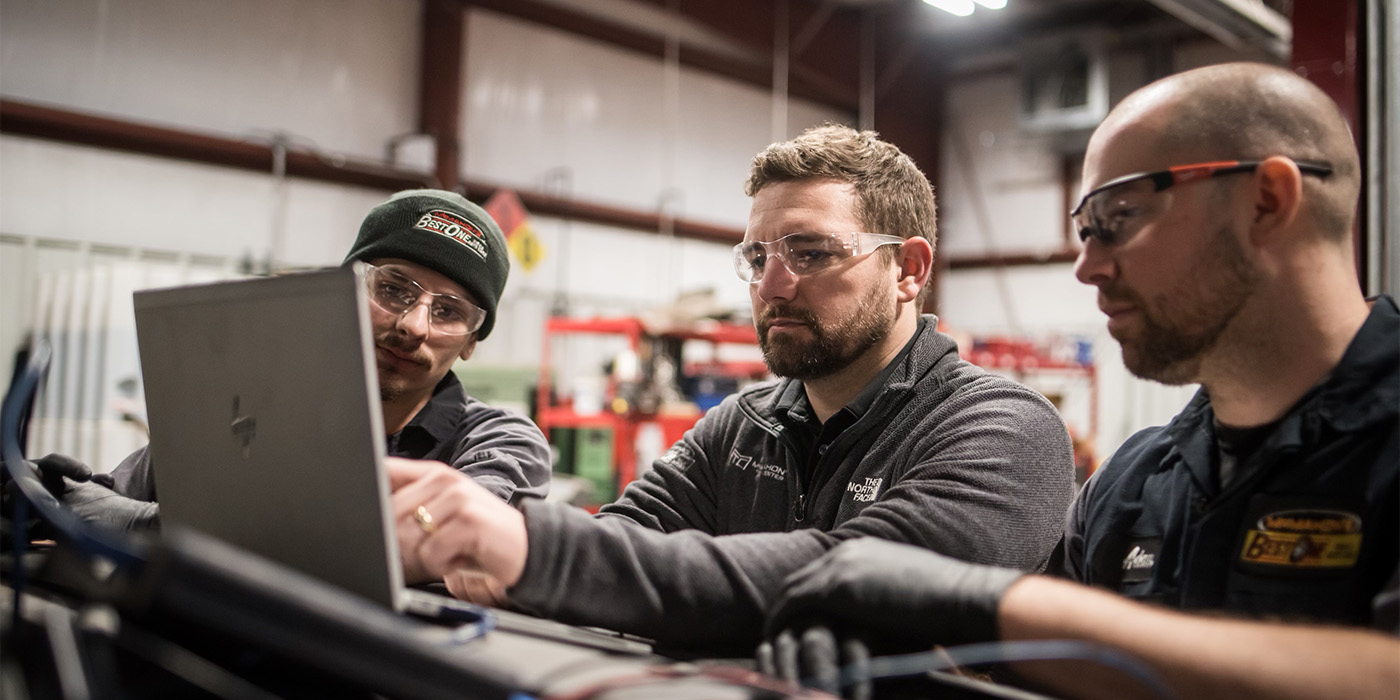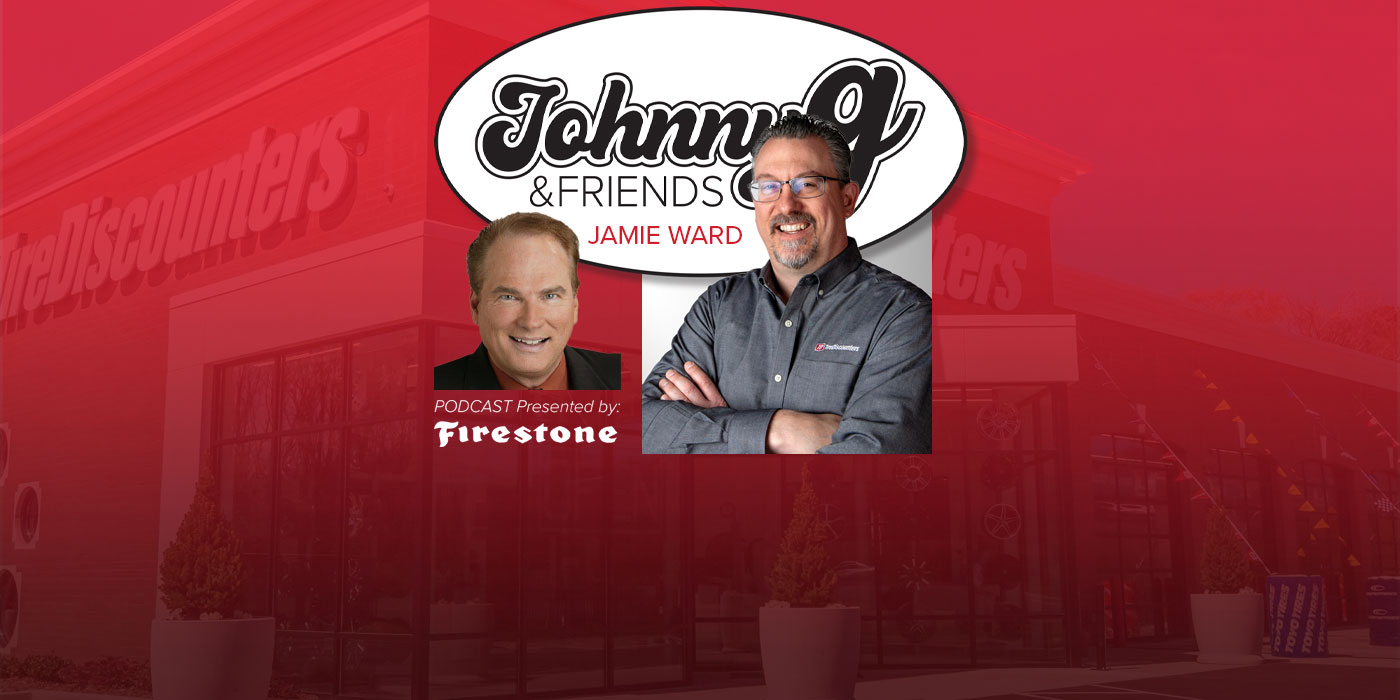Looking to the past while driving your business into tomorrow is like cruising down the highway using only a rearview mirror.
Most business executives can easily generate a myriad of financial and operational reports that are debated and deliberated in a series of endless management meetings. As the economy changes, business leaders use these reports to trim overhead, shutter stores and lay off staff in an effort to stay in business. Then, they continue to study these “bottom-line” numbers in an attempt to plan changes, grow profits and increase revenue down the road. But is this data supplying all the fundamental information critical to the future success of the company?
You may be surprised to know that the key to success comes from the understanding that fruitful commerce is driven when and only when people exchange commitments with one another over the course of business conversations. Because commerce is generated during these business conversations, any and all financial reports then become a representation of the effectiveness of these communication skills. The problem facing most companies is that they rely on the financial reports without the key component of accurate assessment of conversational/communication competence among staff.
For example, if a company engages in 1,000 sales conversations each month with an overall closing percentage of 20 percent, the company has successfully completed 200 sales. The financials are generated by the literal sales numbers, but this leaves us with a serious question: why did the remaining 800 calls not produce any sales? The financials cannot assess this, nor can they assess the competence of the salespersons who were successful. The data is incomplete.
There are savvy, forward-thinking companies within each industry who record customer service and sales conversations, yet this is only the first step in generating effective communication. A comprehensive understanding of the distinctions and nuances that enable you to make grounded assessments regarding the conversations that generate all the numbers is critical. Without this ability to evaluate the language that creates the very essence of the company, even the most well-meaning of business managers are inhibited from planning the future in an effective way.
By planning only through the study of past data without assessing communication competence in the future, business leaders are in effect driving their company forward while looking into the rear view mirror; a dangerous way to drive both vehicles and businesses. Business people need to be able to look into their company – person by person, branch by branch – and accurately assess and question the communication skills and competence of their staff.
The simplest assessment should be based on coordinating action successfully. Sales and customer service staff need to be able to coordinate action with customers and prospects, while managers and operational staff need to be able to coordinate action internally. Assessing competence in the domain of communication necessitates that we develop core distinctions upon which to base our assessments, and a way to fix the problem areas we encounter. A good starting point would be to measure a person’s ability and understanding of how to build trust and credibility, and then to design conversations which produce the desired action.
This will naturally (and should) lead us to questions about designing with language. A good question to ask is, “What is the language that produces trust?” A few more would be, “How do you design conversations that produce action between two or more people?” “What are the moves?” Each of these questions represents a good start in understanding the vital role business communications plays in a successful, thriving company. Core distinctions, such as what constitutes a great customer service call and what constitutes a great effort with a new prospect during a sales call, are central to being able to project the likelihood of future success. If leaders, managers, coaches and trainers fail to articulate the standards, or lack the ability to demonstrate how they need to be applied in the future, the odds are good that the future will not be what you want.
Worse yet, let’s say your company employs over 100 sales and customer service staff throughout the country. Given this, how many different approaches and sets of standards do you think exist in your company?
It is human nature to question. New people, strange environments, new foods and new products are among the endless number of items that are cause for pause. People have a tendency to be skeptical when faced with new situations or when assessing the way they’ve always done things.
It appears to be a natural phenomenon; humans, as physical beings, are wired for survival. These survival instincts cause an immediate assessment regarding the level of trust that can be afforded in any personal, business or customer service situation. When a new situation is encountered, the automatic response is to ask the question: “Is this safe for my body, my family and my values?”
As people assess trust, what are they really looking for? Safety is certainly a factor, but upon deeper inspection, there are other distinctions that warrant further scrutiny.
The question for people in business, especially those in sales and customer service, is this: Have you built a long-term business relationship rooted on mutual trust with prospects and customers who are skeptical, who have likely felt deceived in past business dealings and are in survival mode?
Here is the answer: Creating a long-term relationship built on complete trust begins with the very first conversation with a prospect or customer. By skillfully using language, companies, sales people, customer service representatives and service advisers can reach out to their customers and prospects, causing those people to believe that they can “maybe trust” the person with whom they are speaking.
“Maybe trust” is a key distinction because it represents a moment in time where the possibility of long-term trust shows up as an assessment by the customer.
Business professionals who know how to create a mood of “maybe trust” in the first few seconds on the telephone and/or in person will excel in the domain of sales. It is within this mood of “maybe trust” that people are all willing to take a small risk on a new product or service. Then and only then after establishing this foundation can the relationship grow into one of ongoing contact forged in long-term trust. Leveraging those will help propel your business forward and grow.
So ask yourself: Are you exchanging commitments –and fulfilling ones you make – in business conversations? Are you building relationships that lead to “maybe trust” or long-term trust with customers? What relationships do you have already with customers?
It is critical to articulate a clear vision about what the future of the company looks like, not only as it pertains to “bottom-line” financial data, but also where the rubber meets the road in the sales, customer service and operational conversations that drive this data.
Dan Molloy is President and CEO of Molloy Sales Development Group, which helps companies unlock the personal power of each and every employee. Learn more at https://www.molloysales.com/. We also invite you to take advantage of our 20% Growth Blueprint, as part of our 20% in 2020 program.














